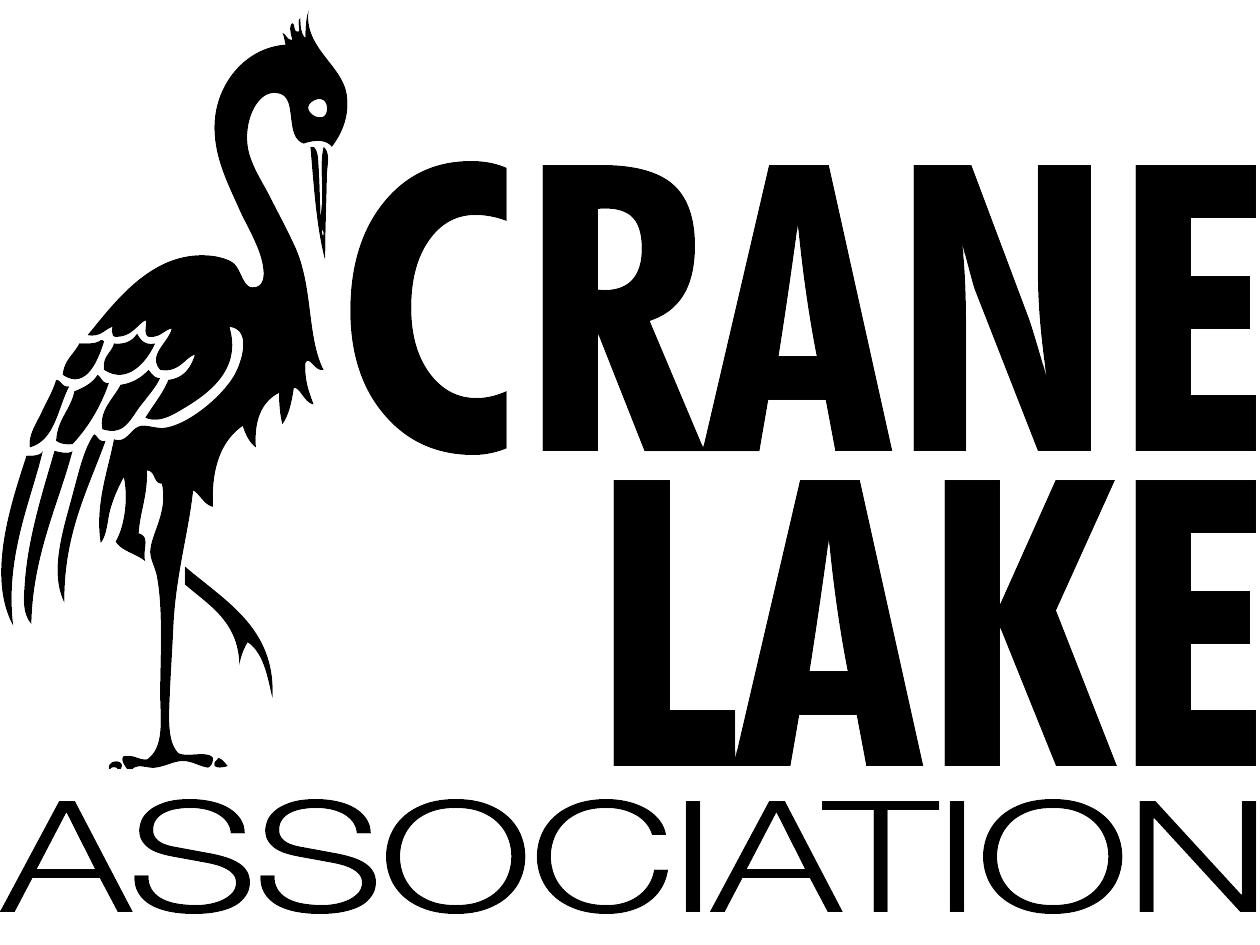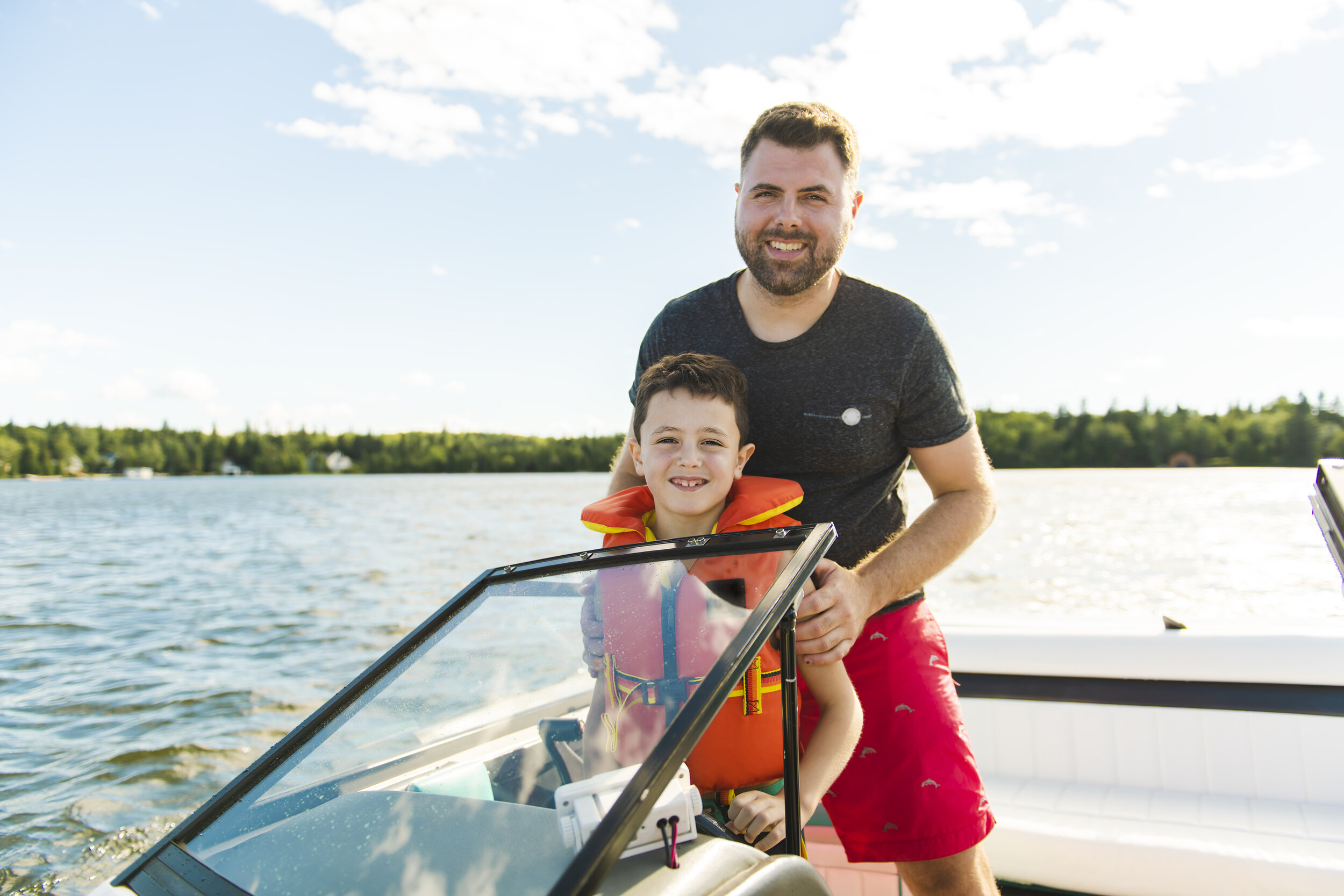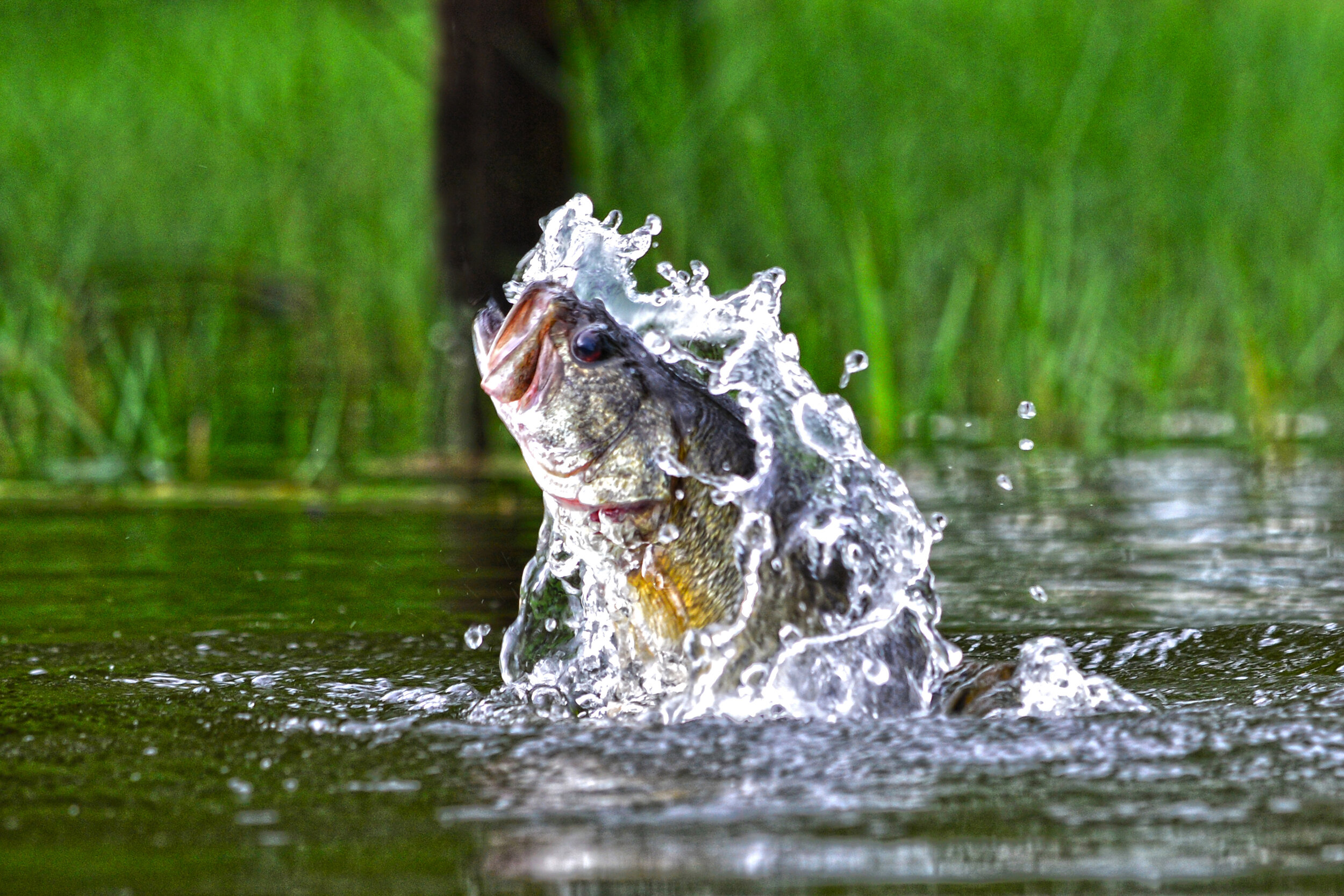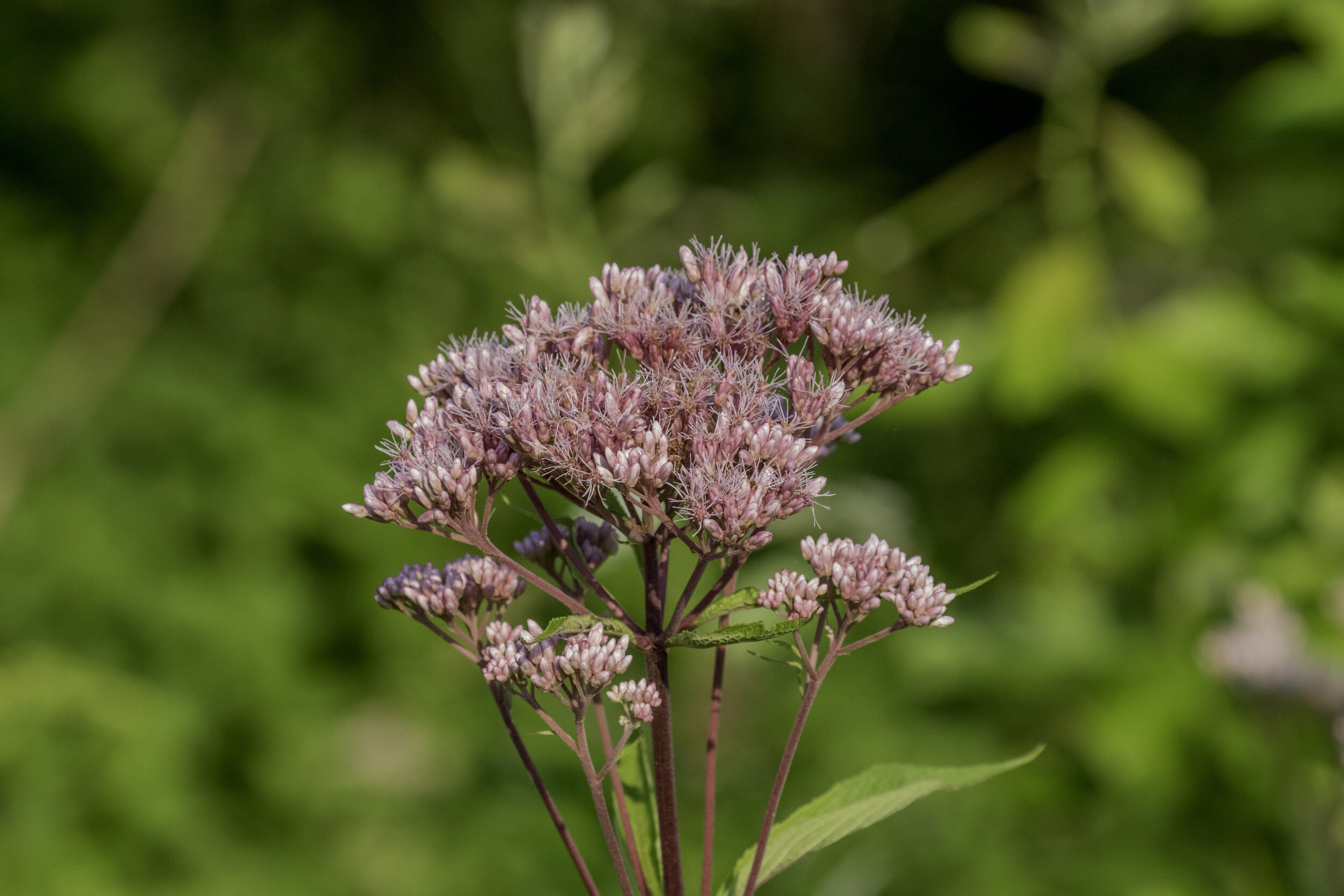Loon Nesting Season - Protect our Loon Population
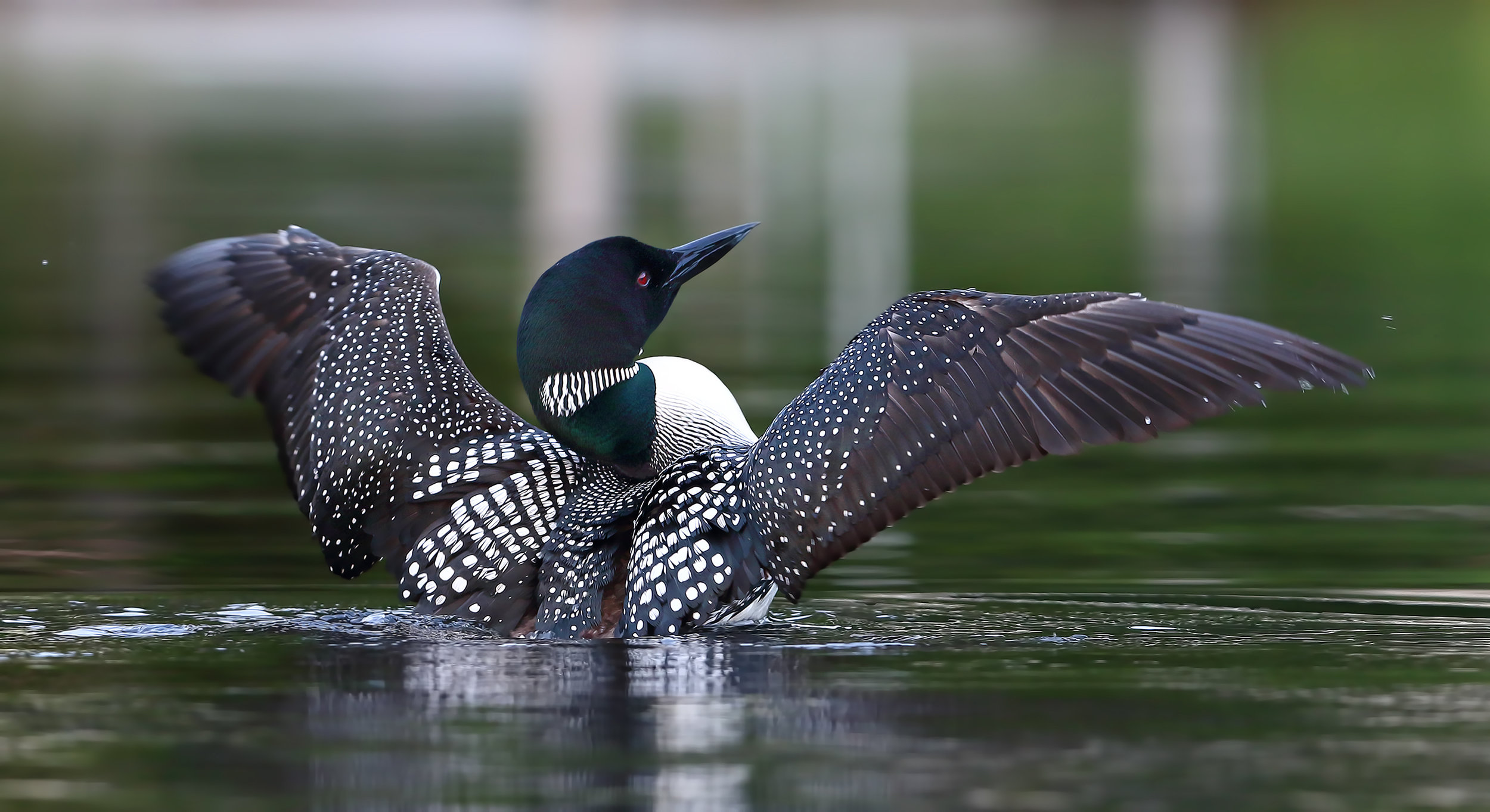
Loons are nesting on Crane Lake and it’s up to all of us to do our part to help ensure a safe season for the new families. Loons build their nests very close to the water, making them susceptible to damage from boat wake. With high water levels and the recent rains, they are even more at risk so for the next month, please minimize your wake close to shore.
A Bit More About Loons
Cottage life wouldn’t be the same without the call of the loon! Read on to learn more about Loons, courtesy of Ontario Parks.
Setting up Shop
Loons migrate south for the winter, taking up residence in the southern U.S. and Mexico. In late April and early May, they return home to establish territory and search for a mate. Their yodel call lets other loons know where they are claiming their new home, and male loons will fight one another for territory if necessary. When loons fight, they extend their wings and charge across the water to chase away opponents and, where necessary, have sharp beaks to drive the point home.
Breeding
Loons make their nests in their new territory with a mix of mud, grass, moss, pine needles and clubs of vegetation. These nests are typically built in small nooks in lake inlets close to the water, offering privacy and protection from predators. Occasionally, loons will build their nests on open water to offer even more protection from predators, putting them out of reach of foxes, raccoons, coyotes, and similar threats.
Loons gestate for four weeks and typically lay one to two chicks, with only one nesting per year. The male and female loons will co-parent the chicks for around three months, then leave the now-young adult loons to find their own way. The average common loon can live up to 30 years!
Dinner Time
Adult loons prefer fish, such as perch, suckers, catfish, sunfish, smelt and minnows. They will also eat other types of fish, frogs, snails, salamanders and leeches.
Helping Loons
According to Bird Studies Canada, these are the 6 best ways you can help loons:
Keep It Wild: Let native wetland plants grow along your shoreline, or replant if the shoreline is bare. Natural shorelines provide shelter and food for both fish and loons.
Keep It Calm: Slow down near wetlands and shorelines and keep your wake to a minimum. Wakes can wash out nests or separate young loons from their parents, which makes chicks easy pickings for predators.
Steer Clear: Slow down and steer clear of loons, waterbirds, and other wildlife. They may not be able to escape your path. If adults become separated from their young, they can’t protect them.
Dispose Responsibly: Take trash and fishing line to shore for proper disposal. Garbage including plastics and tackle can injure birds and other wildlife. Keep food and scraps contained, as they may increase predators around nests.
Reduce Your Impact: Use less electricity and fossil fuels. Climate change raises lake temperatures, which causes more heavy metals to accumulate in wildlife tissues. Do not add pollutants, such as household hazardous wastes, to our rivers and lakes.
Get Involved: Be an advocate for loons and lakes. Raise awareness of air pollution issues and join your lake association. Participate in loon or lake monitoring.
